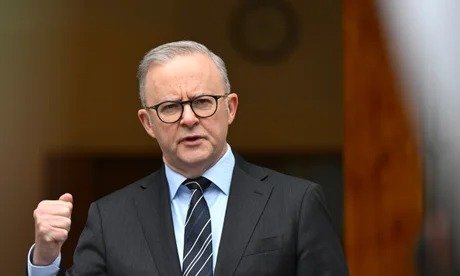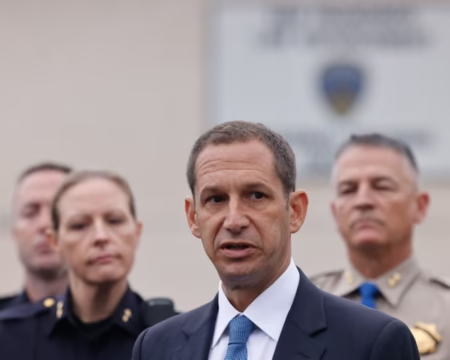The Australian Labor government is preparing to announce its long-awaited emissions target for 2035, a decision framed as a turning point in the nation’s climate policy. The announcement, expected this week, will define Australia’s path toward cutting greenhouse gases and set the tone for political debates in the years ahead.
Officials have described the upcoming decision as a “sliding-doors moment,” reflecting the high stakes involved in shaping Australia’s climate response. The 2035 target will build on existing commitments for 2030 and will align with global goals aimed at limiting warming to 1.5 degrees Celsius.
The government’s move comes as international partners press countries to strengthen their commitments ahead of future climate summits. By setting a clear 2035 target, Australia signals its intention to remain a serious player in global climate efforts while balancing domestic economic and energy concerns.
The exact figure has not yet been revealed, but expectations are that the target will require significant reductions beyond the current 43 percent cut pledged for 2030. Analysts predict that the new goal could involve emissions reductions of at least 60 to 70 percent by 2035, depending on the final framework.
Climate advocates argue that a strong target is essential for Australia to transition to renewable energy, create green jobs, and protect communities from worsening climate impacts. They stress that ambitious action is needed to ensure the nation does its fair share in the global effort to curb emissions.
Industry groups, meanwhile, have urged the government to consider the practical challenges of meeting deeper cuts. They highlight concerns over energy reliability, costs for businesses, and the pace of technological change. The debate underscores the balance the government must strike between climate ambition and economic stability.
The announcement is expected to spark intense political debate. Opposition parties have already signaled skepticism about more aggressive emissions cuts, arguing that such targets could burden households and industries. The issue is likely to become a defining battleground ahead of the next federal election.
Prime Minister Mark Carney and his ministers have emphasized that the 2035 target will be based on scientific advice and economic modeling. They argue that careful planning can deliver both emissions reductions and economic opportunities, particularly in renewable energy and clean technology sectors.
Australia has already made strides in expanding renewable power, with solar and wind now forming a growing share of the national energy grid. However, experts note that achieving deeper cuts will require large-scale investment in energy storage, transmission infrastructure, and emerging technologies such as green hydrogen.
The government has framed the upcoming target as more than just a number. Officials say it represents a broader vision for Australia’s future—one that balances climate responsibility, economic resilience, and global competitiveness.
Environmental groups are expected to welcome the announcement if it reflects ambitious cuts, while critics will continue to raise concerns over costs and feasibility. Regardless of the final figure, the target will serve as a benchmark for measuring Australia’s climate performance over the next decade.
With the 2035 emissions target about to be revealed, Australia stands at a critical crossroads. The decision will not only shape domestic policy but also influence the nation’s standing in international climate negotiations.







